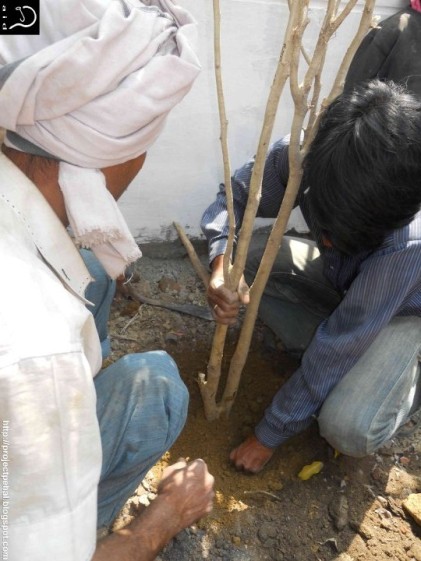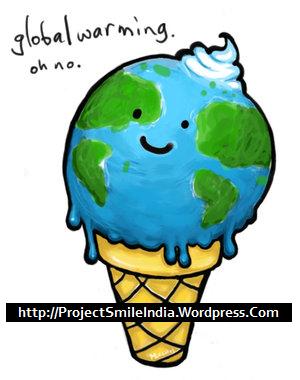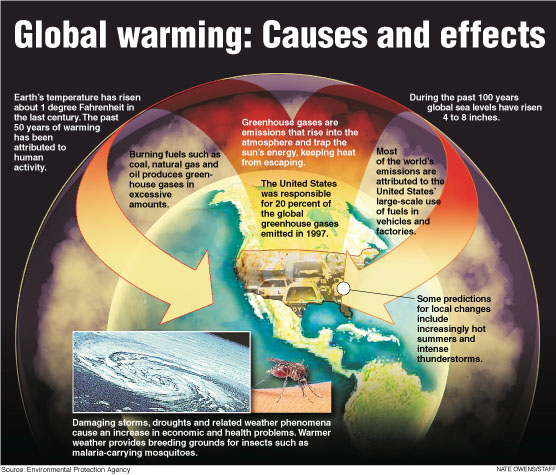A Drive to clean the polluted River Yamuna is in progress.
Methane gas is bubbling up from the black-coloured stew, and the water smells horrible.
The holy river Yamuna, once teeming with life, is practically dead, yet a homeless man is rinsing his mouth with the noxious liquid.
Under a nearby bridge, scavengers on a self-made raft are fishing out votive offerings that drivers throw from their cars to Yamuna, which is worshipped by Hindus as a goddess.
But it is people and politics that are choking Yamuna to death, and ecologists are warning of a looming environmental catastrophe as World Water Day approaches on March 22.
The river, New Delhi’s lifeline, is reputed to be India’s most polluted as well as one of the most toxic waterways worldwide.
The Yamuna provides an example of Indian government policies that are focused on economic growth, often at the cost of the environment.
In the meantime, the river is dying a slow yet unpublicized death, partly because it has mostly vanished from public sight behind concrete after the river was moved. A highway now runs along the old riverbed.
Access to the river is possible at only a few points and glimpses of it can be gained only from road or subway bridges.
Vimlendu K Jha, executive director of the environmental organization Swechha, estimates that 60 per cent of New Delhi’s 14 million people have never seen the river.
“How can you save the Yamuna if nobody ever sees it?” he asks.
The river is indeed rather beautiful — before it reaches New Delhi and is polluted with raw sewage and toxic waste.
Outside the capital, its waters are clear, birds are sailing above its surface and fishermen cast their nets.
But at this point of its course, most of the river’s waters are held back by an irrigation dam in the neighbouring state of Haryana in violation of federal agreements, which is one of the causes for the problems downstream.
The sluice gates let pass only a trickle, which is then “replenished” with human and industrial sewage as soon as the river reaches New Delhi.
Eighteen major sewage canals in the capital are emptying into the holy river, depleting it of its oxygen.
Authorities in New Delhi have assessed the water as so toxic that they have even prohibited cleaning animals with it. It may only be used to cool industrial machinery.
But the many homeless people living along its banks have no access to a regular tap water supply. They are forced to use the Yamuna’s waters to wash themselves and their clothes. Some even use it for cooking and drinking, according to Jha, because they had no alternative.
“For them, it is better to have unhealthy water than no water at all,” he says.
The Yamuna stretches for 1,370 kilometres, but only 22 kilometres of these flow through New Delhi. It is in this short stretch during which 80 per cent of its pollution is inflicted, Swechha says.
Another 9 per cent of the pollution is attributed to the city of Agra, home to the world-famous Taj Mahal, behind which the Yamuna passes.
The river eventually spills its toxic floods into India’s holiest river, the Ganges.
Although millions of dollars have been spent in recent years to revive the river, Jha said: “We don’t know where the money has gone.
The action plans were useless. Nothing happened. The river is your witness.” Instead, he claims, the pollution is increasing because most sewage treatment plants in New Delhi are not functioning properly.
The river still constitutes the capital’s most important source of drinking water, which is simply pumped from the river before it enters New Delhi. But its toxins also contaminate groundwater, another important drinking water source for the ever-growing metropolis.
“We are just waiting for a disaster to happen,” Jha warns.
“Everyone seems to be thinking the city is run by malls and the metro. It’s not.” That disaster might happen “when people start dying in a plague-like situation” in the capital because of their toxic drinking water, he says.















